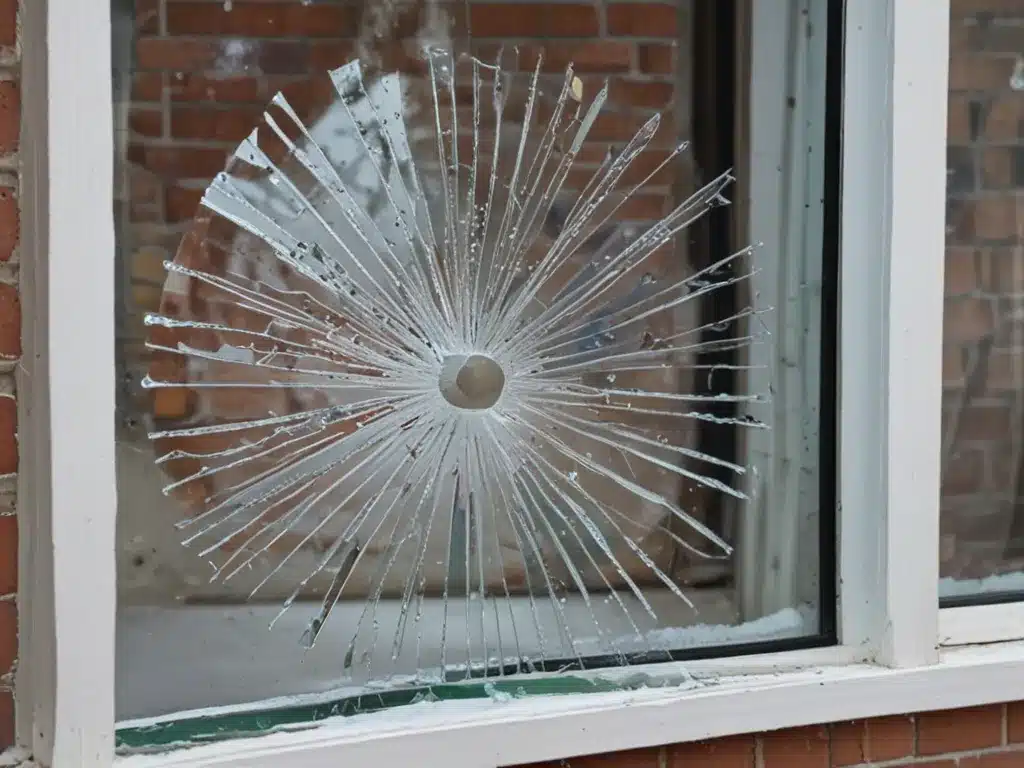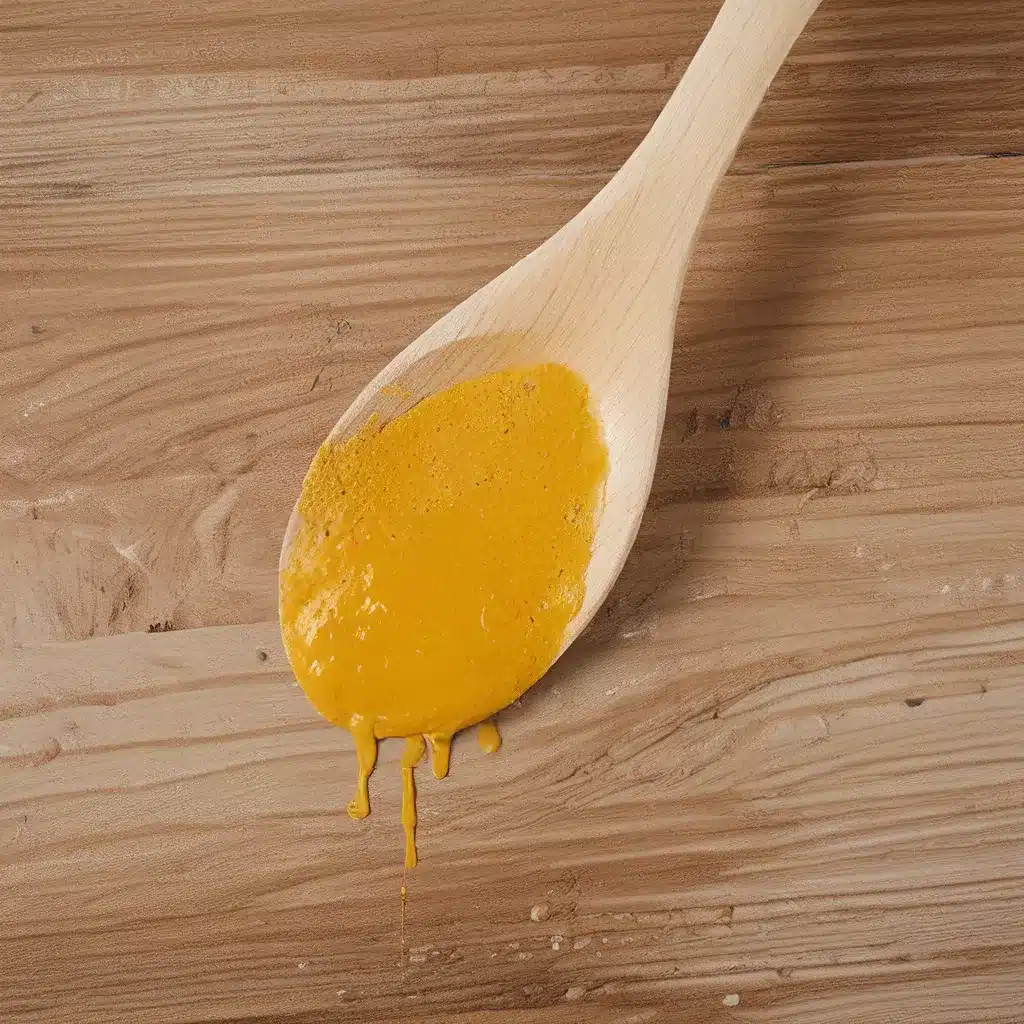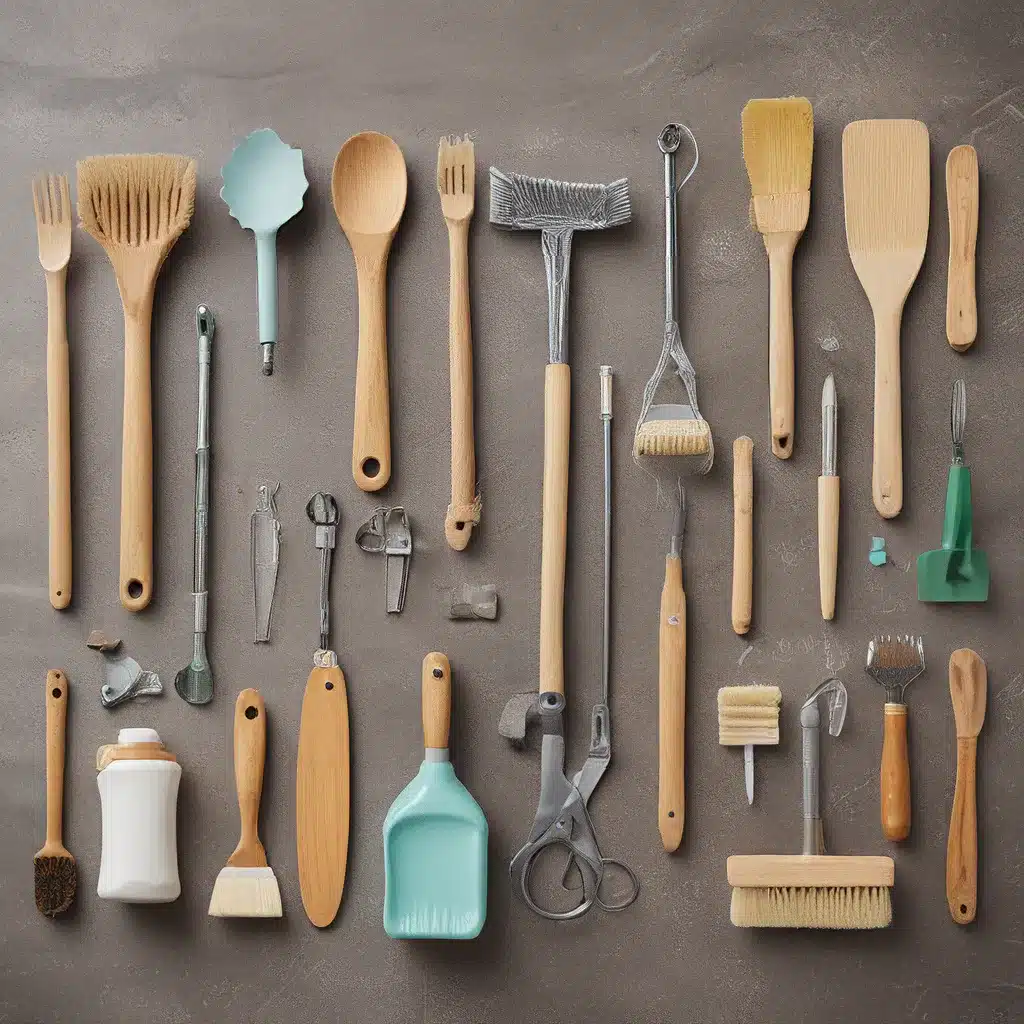Introduction
Broken glass can be extremely dangerous if not cleaned up properly. As I’ve learned the hard way, the shards are often invisible to the naked eye, meaning you can easily cut yourself without realizing it. That’s why it’s so important to take precautions when cleaning up broken glass. In this article, I’ll share the safest methods I’ve found over the years so you can avoid injury.
Wear Protective Gear
The first and most critical step is to protect yourself with the proper gear. Here’s what I always use when cleaning up broken glass:
-
Thick gloves – Shards can easily puncture through thin gloves. I prefer heavy-duty rubber gloves that cover my entire hand and wrist.
-
Closed toe shoes – Glass can end up in any area, including where you walk. Wear shoes that fully enclose your feet.
-
Safety goggles – Tiny shards can fly up into your eyes. Wrap-around goggles form a protective seal around your eyes.
-
Long sleeves and pants – The more skin you cover, the better. I wear a long sleeve shirt tucked into pants to minimize exposed skin.
Clean During Daylight Hours
Cleaning broken glass is a task best done during natural daylight. Overhead lights or lamps can create glares and shadows that hide tiny shards from view. Clean when you have ample natural light to illuminate all areas and identify any lingering shards.
I once cleaned up a broken window late at night, only to step on a shard the next morning that I’d missed in the poor lighting. Now I only clean broken glass during daylight hours when I can see everything clearly.
Remove Any Food or Objects From the Area
It may seem obvious, but before you start cleaning, remove any food, dishes, electronics or other objects from the area. You don’t want glass landing on something you eat off of or something fragile. Clear everything away so you have an open, empty space to work in.
Sweep the Area Thoroughly
Start by doing an initial sweep of the entire area with a broom. Concentrate on sweeping the glass into one centralized pile. Be sure to sweep along walls and into corners to gather any stray shards.
Go slowly and watch for any glass you may be missing. The goal is to get all of the large, visible pieces gathered into one place.
Use a Dustpan and Paper Towels for the Final Pickup
Now comes my favorite safe cleanup method – using a dustpan and paper towels to collect the final glass pieces.
Take a sheet of paper towel and gently start dabbing and pressing it into the pile of glass. The shards will stick to the towel. Slowly work your way across the whole pile, repeating with new paper towels until no more glass comes up.
Finish by using a wet paper towel to wipe down the whole area and pick up any remaining dust or shards.
Seal and Dispose of the Glass Properly
Don’t just toss the broken glass straight into the trash. Contain it first in case any pieces come loose on the way to the dumpster.
I put all shards, wet paper towels and anything else in a cardboard box, seal it thoroughly with packing tape, then label it “BROKEN GLASS” before disposal.
Inspect the Area and Remove Hazards
Once you’ve cleaned thoroughly and disposed of the glass, your work isn’t quite done. Before letting anyone into the area, do a final inspection across all surfaces and in cracks and crevices. Use a bright flashlight to assist your search.
If you find any remaining shards, especially in an area like the kitchen, place a warning sign or cone so no one steps near before you can remove the hazard.
Clean Again After Normal Activity
Even if you think you’ve been extremely thorough, it’s a good idea to clean the area again after some normal activity. After people have walked through the area for a day or two, sweep once more time in case shards got kicked around and hidden from view.
Conclusion
Broken glass demands safe, careful cleanup methods to avoid injury. By gearing up appropriately, cleaning during daylight, disposing of shards properly, and doing follow-up inspections, you can help ensure no one winds up with painful cuts or shards lodged in their feet. Just take your time and remember – broken glass can easily hide in crevices and corners. Diligence is required to remove every last piece.







